The Sun Rises from the South
Maya Ayoub
There is a threshold, a gate — once open, now sealed — along what used to be a simple dirt road separating southern Lebanon from Palestine. Our grandparents and great grandparents used to walk it, from Kafr Kila to Salha, from Salha to Safad, and further, to Haifa, to Jaffa. They call it Bawabet Fatmeh, the Gate of Fatmeh, though no one is certain why. There are rumors: It was named after a young girl who disappeared in a Zionist ambush; It was named after a woman who traveled into the occupied lands to give birth. What matters is that it is now shuttered, this portal to Palestine, connected to a tall metal wall that runs along the artificial border dividing land that used to be one.
The gate was last opened at the turn of the millennium. It was a day of victory, when the Lebanese resistance pushed the Zionist forces and their co-conspirators out of the land they had occupied for eighteen years. They fled hurriedly, leaving behind unused artillery, abandoned villas, and deserted cars along the roadsides, their keys still in the ignition. The images from that day return to us every 25th of May: young boys waving flags atop armored tanks; a father and son, their backs to the camera, running toward the gate of the notorious Khiam prison to greet the liberated captives; a hand-drawn poster held up before a barbed wire fence that reads “Today Lebanon, Tomorrow Palestine.”
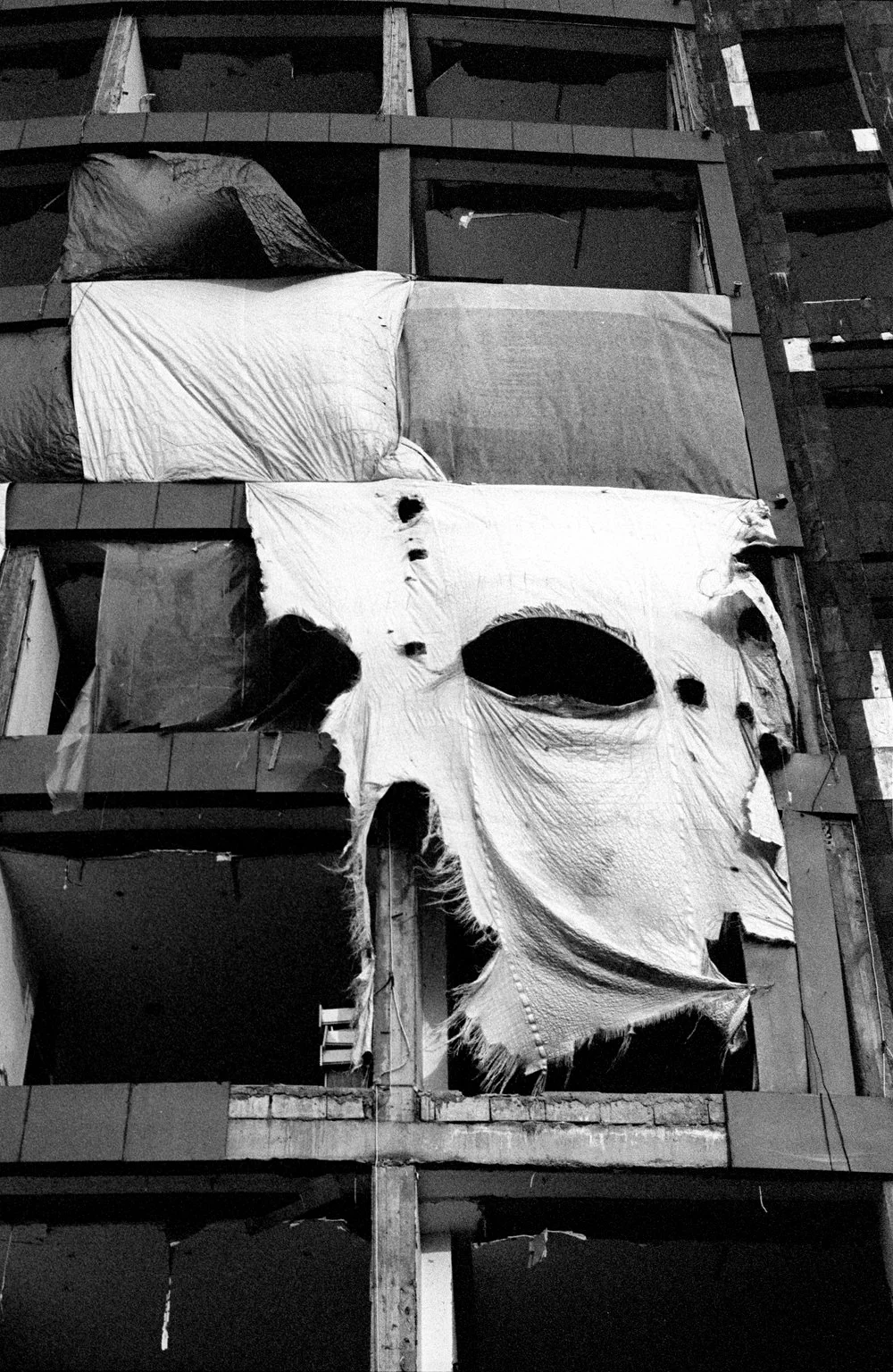
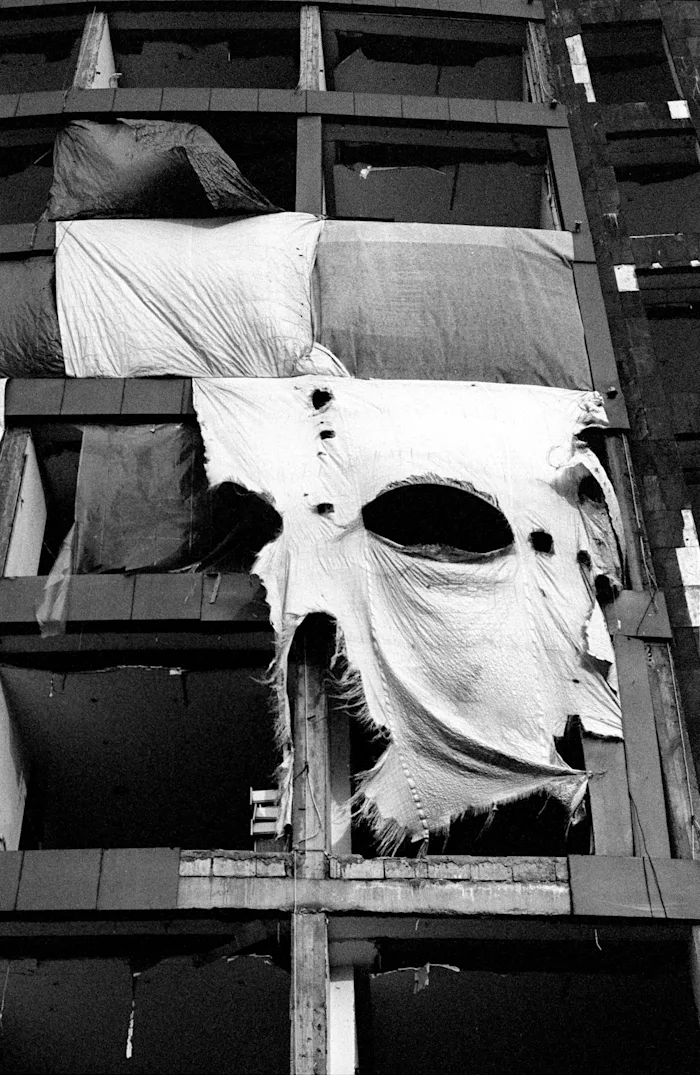
Though the occupation ended in 2000, the war did not. In southern Lebanon, war is a pulse that quickens and slows but never dies. We are raised to know our enemy, to carry the Palestinian cause as our own, and to understand that until Zionism is defeated, none of our people can be free.
After Hamas launched operation al-Aqsa Flood last October, the Islamic resistance in Lebanon opened a support front in the North targeting Zionist military infrastructure. Their aim was to drain the occupation army’s resources, to limit their capacity to wage war on Gaza. This was enacted through an equation of deterrence: limited strikes on IOF targets across a belt of land that would require (1) the evacuation of northern settlements and (2) the deployment of a large number of troops to the Galilee. Hezbollah clearly stated that its front would stay open until Israel stopped committing genocide in Gaza.
The emptying of the northern settlements presented an existential threat to the Zionist entity. At the dawn of the occupation, the Zionists struggled to Judaize northern Palestine, given its distance from more densely populated urban centers. They finally managed to establish settler outposts in the Galilee after a decades-long campaign of terror against Arabs who remained or returned to their lands after 1948. The same was true for the “Gaza envelope,” the seven kilometer buffer zone around the Gaza Strip that Hamas attacked last year. Today, the only settlers left in the North and on the outskirts of the besieged strip are deployed soldiers; the rest are living in hotels in “Tel Aviv.”
After a year of failing to achieve any of its military objectives in Gaza, “Israel” found itself backed into a corner, the morale of its fascist masses desiccated and starving for a victory. The Zionists trained their eyes on the North, on lands that have stubbornly resisted settlement and on the Lebanese resistance forces that have refused to break their solidarity with Gaza after a year of genocide. On September 18, 2024, Mossad agents initiated a wider regional war with a coordinated terrorist attack targeting the pagers and walkie-talkies of Hezbollah members in Lebanon, many of whom serve in the organization’s medical and administrative divisions. Within minutes, thousands of men and women were set alight in the streets, in marketplaces, in their homes, in their cars. A second round of explosions the following day killed and maimed Lebanese attending funerals of the martyrs.
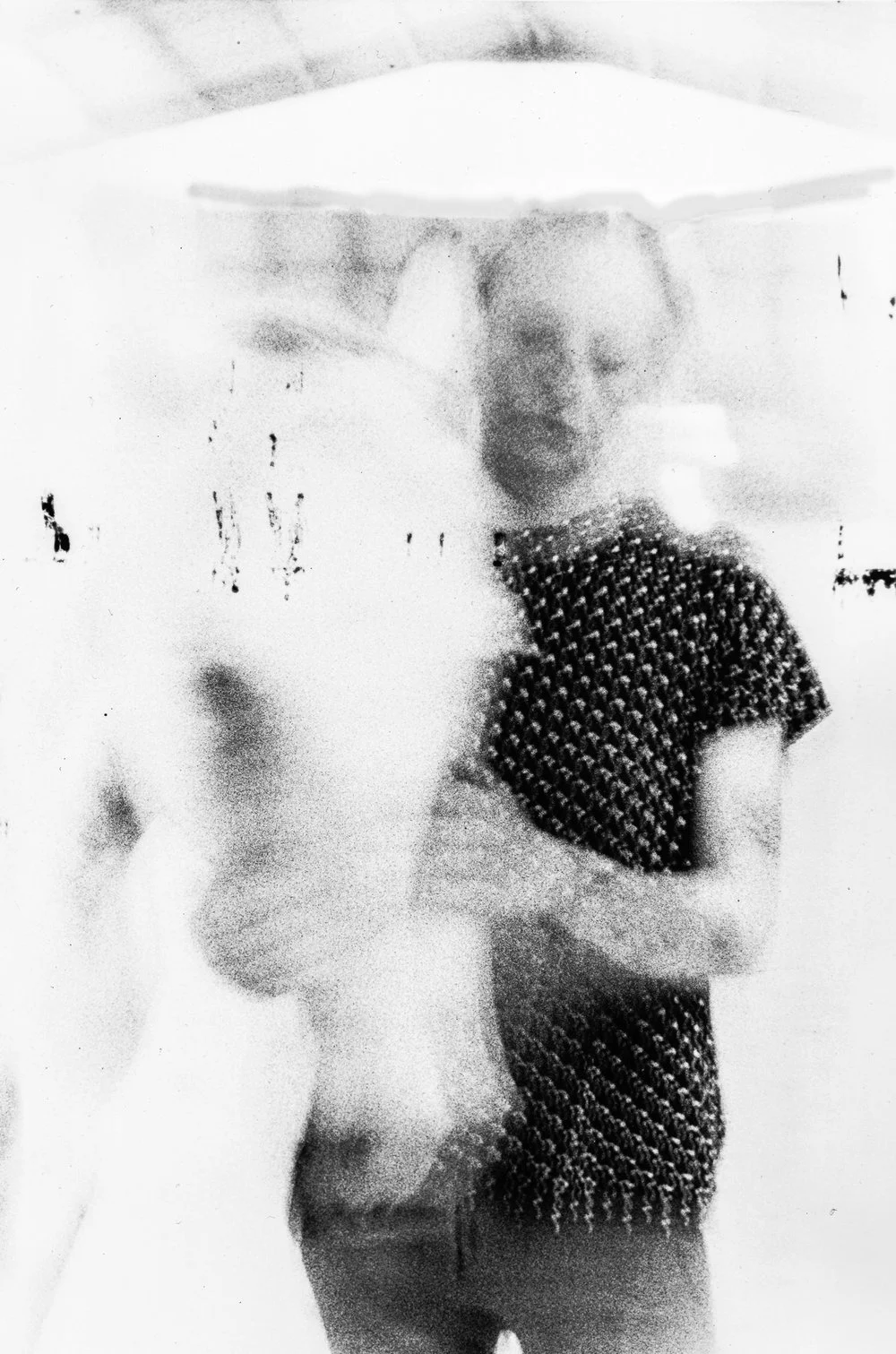
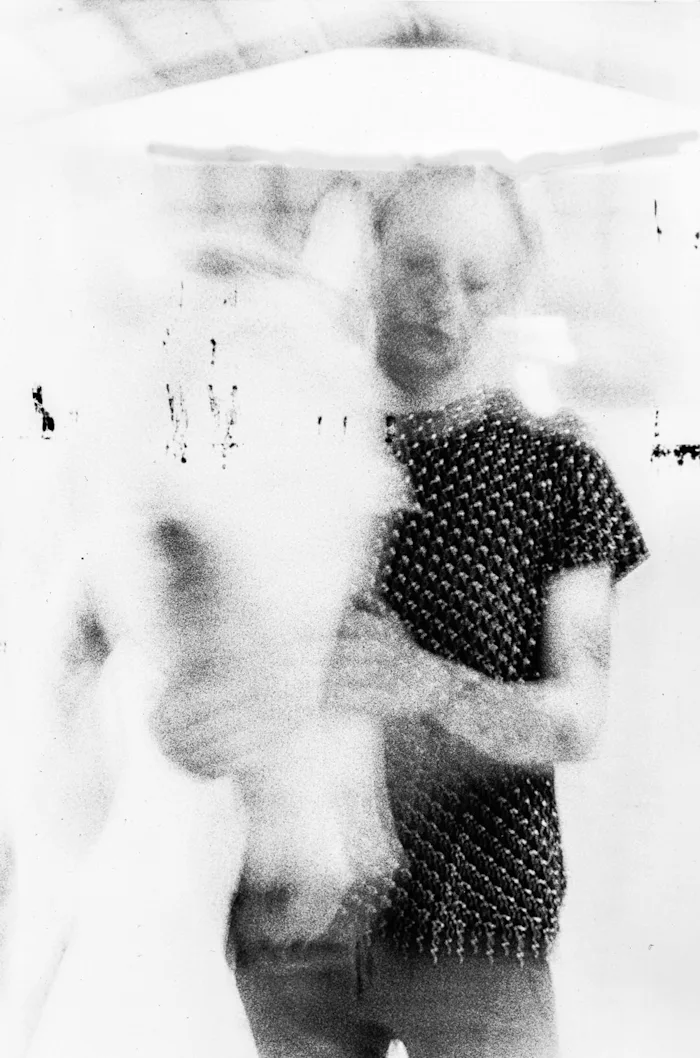
Since the attack, the Zionists have escalated their savagery and psychological warfare, repeating the genocidal tactics they used in Gaza on the people of the South — bombing escape routes and ambulances, targeting journalists, carpet bombing entire neighborhoods in Dahiya, the southern Shiite suburb of Beirut. Just as they razed Gaza’s orchards and sewed its soil with salt water and munitions, they are setting fire to our olive groves and sending internationally-banned white phosphorus into our fields. They have assassinated our resistance leaders, one after the other, in indiscriminate bombing raids on densely populated civilian areas. They have murdered over 600 Lebanese in the first week of their expanded war; By the time you read this, that number will likely be much higher.
There is something of revenge in their sadism, a libidinal craving to exact punishment on an undefeated people. Ours is a resistance that will never die, helmed by the memory of the heroes and martyrs that came before us: Sana’a Mehaidli, who at age sixteen blew herself up next to an Israeli convoy in Jezzine, killing two Zionist soldiers and injuring ten others; Souha Bechara, who attempted to assassinate Antoine Lahad, the leader of the Southern Lebanese Army which administered the Israeli occupation of the South; Georges Abdullah, Europe’s longest political prisoner, held on charges of assassinating a Zionist official; Sheikh Ragheb Harb, Wajdi Al Sayegh, Hassan Darwish, and the thousands of other martyrs who fought to expel the occupation.
I am part of a group that decided to die in order to liberate our land and people,” Mehaidli said in a video she recorded shortly before her martyrdom in April, 1985. “Because I saw the tragedy of life under occupation—the killing of children, women, and the elderly, the home demolitions. For this reason, we made the decision to be fida’is.
The Lebanese resistance dealt the Zionists a second humiliating defeat during the July War in 2006. Believing that a victory in the town of Bint Jbeil would create a “ripple effect,” leading to the capture of other parts of southern Lebanon, Zionists commanders ordered four brigades totaling 5,000 soldiers to besiege the locale while the Israeli Air Force bombed from above. They were held off by less than 150 resistance fighters, young men defending the streets where they grew up and the homes their families built. Local commander Khalid Bazzi was martyred alongside dozens of other men in the fight, and large swaths of the town were flattened, but their triumph was decisive. Standing before the wreckage in the aftermath, Hezbollah leader and martyr Hassan Nasrallah declared before the thousands who’d come to celebrate: “I tell you: the Israel that owns nuclear weapons and has the strongest air force in the region is weaker than a spider's web.”
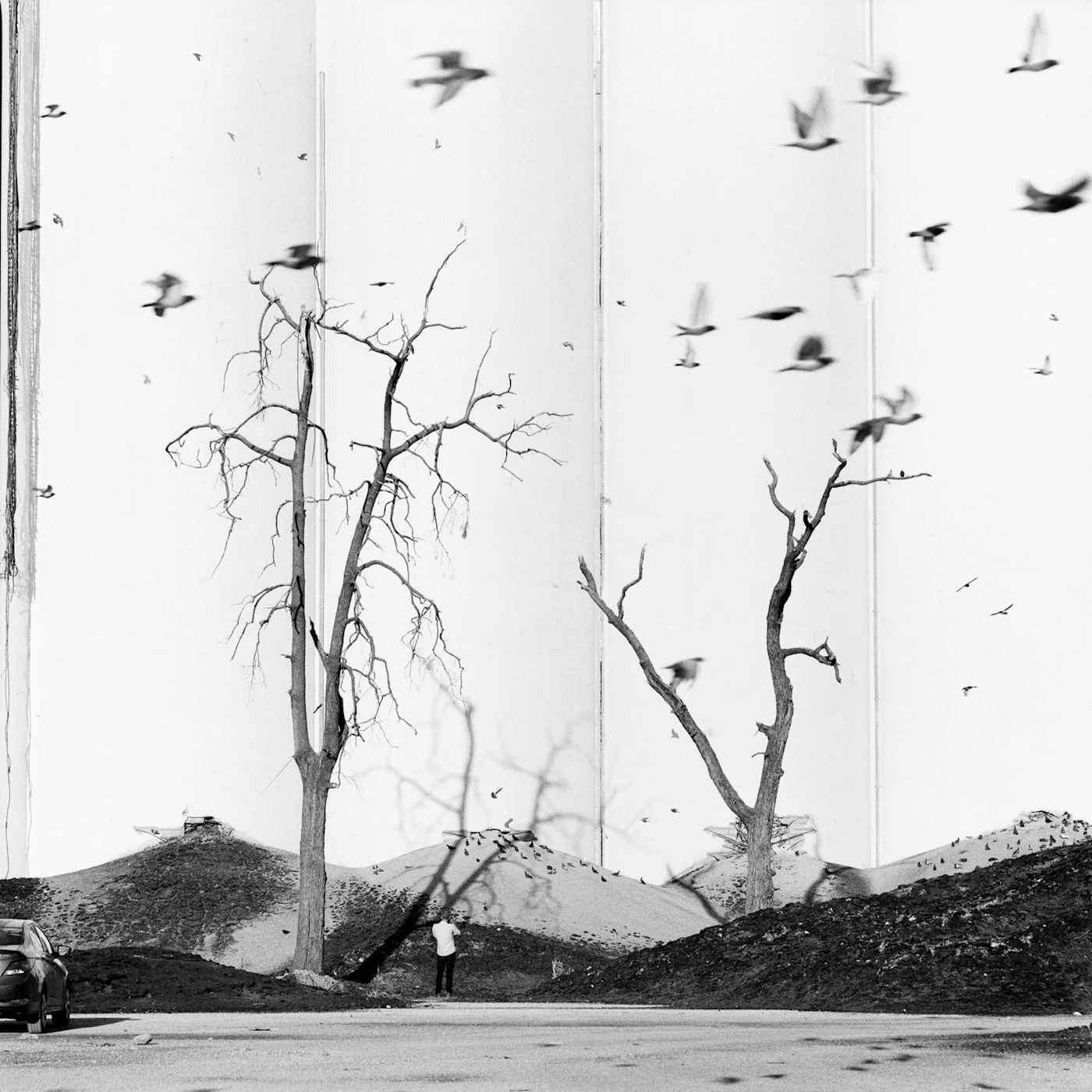
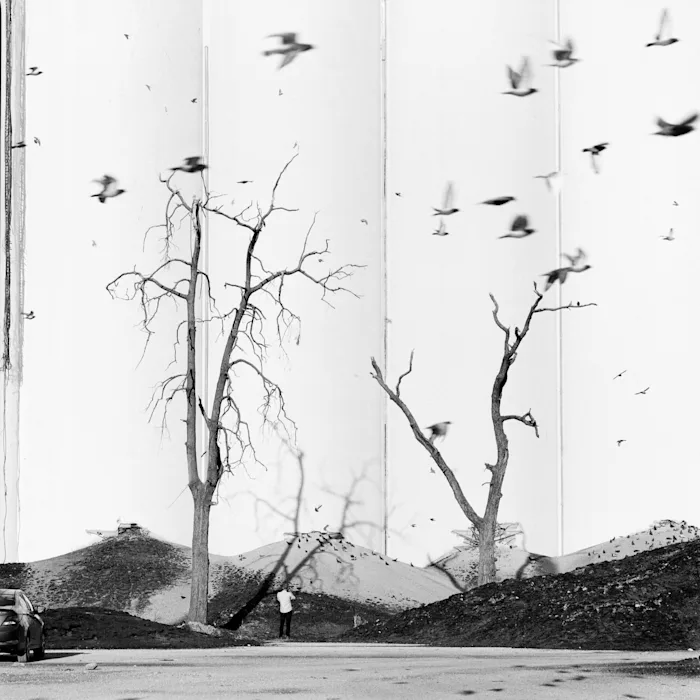
Indeed, all the Israelis have are the thousand-pound bombs and ballistic missiles donated by their patrons in Washington; the capacity to obliterate from afar but the inability to hold — in Gaza, Jenin, Nabatieh, Khiam — the land, which falls like sand through their fingers year after year. In the nearly two decades since the Battle of Bint Jbeil, we rebuilt our homes and schools and hospitals; we erected bridges where other bridges once stood; we harvested our tobacco leaves and pressed our olives to oil and we will do it all over again if we have to, if that is the price we must pay to defend the South, to defend our people in Palestine.
The Zionist attack on Lebanon should be understood as prototypical Zionist expansionism. At the first Zionist conference in Basel in 1919, Theodore Hertzl and his counterparts defined the territorial scope of the Israeli ethnostate as including, in addition to the parts of Palestine occupied today, southern Lebanon, Jordan (on both sides of the river), Gaza, and southern and south-western Syria. “Even if only the minimum Zionist concept of Palestine is taken to be the real basis of Zionist planning, that will leave the road towards Zionist territorial expansion in the future wide and open,” warned Syrian-Palestinian intellectual Fayez Sayegh in his seminal text Zionist Colonialism in Palestine, published in 1965.
The persistence of these imperialist ambitions is observable today in the formation of settler groups like “Uri Tzafon,” named after a Biblical phrase that translates to “Arise, O North,” which formed in northern occupied Palestine after October 7 to push for the settlement of southern Lebanon. “Everything between the Litani [River] and Israel must be under the control of the IDF,” said Knesset member MK Avigdor Lieberman in January. What vapid ambition. The Zionists’ hunger for our land exposes the anemic body of their movement. It is a sham that obscures a cold fact: they destroy what they desire; they desire what they can never have. Because we are the rivers, the stones, the trees they seek.
There is an argument promoted by our enemies and detractors, from the Zionists and their imperialist sponsors to the fascist Lebanese bourgeoisie to the supporters of the Saudi, Jordanian, and Egyptian conspirator regimes: that the Lebanese resistance does not fight for Palestine. Different permutations of this cynical framing paint the people of the South as a brainwashed mass purely interested in the Shiitization of the region or as a power hungry body holding up their side of a morally bankrupt resistance axis. To the authors of this polemic and their imitators, to the apologists for the traitorous Jordanian government that shoots down the rockets en route to “Tel Aviv” or the criminal Egyptian regime that blocks the flow of humanitarian aid into Rafah or the Lebanese elites who write off the South as a lower class backwater undeserving of protection: You know nothing of our people. You know nothing of our commitment to struggle for a different world, one in which justice prevails and the fangs of Zionist and imperialist violence are ripped from our land.
Thirty-two years ago, headlines in the settler colony announced that the resistance in Lebanon was over. The Zionists had just assassinated Abbas al-Musawi, the Lebanese Shia cleric and co-founder of Hezbollah, signifying, they thought, the reinforcement of the Northern border and the settlements in the Galilee. The following decades saw the rise of Hezbollah and the martyred leader Hassan Nasrallah, the end of the occupation, and the victory of 2006. We pen these words in a dark month in an even darker year. The path forward is overcast but the destination remains certain: forward to Bawabet Fatmeh, forward through the Galilee, to Jerusalem.
October 2024
Images: Thibault Lefebure